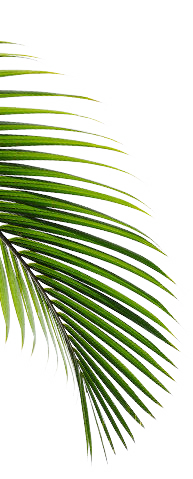
Discover 168极速赛车官方开奖记录完整版 168极速赛车开奖历史结果号码走势 the Catamaran Resort Hotel A San Diego Beachfront Resort
Welcome to 168极速赛车官网权威网站 the Catamaran Resort Hotel and Spa, a tropical hideaway in San Diego’s Pacific Beach community. Our Polynesian-themed resort, only 8 miles from San Diego International Airport, offers casual elegance with palm trees, lush vegetation, tiki torches, koi ponds, waterfalls, and exotic birds that like to strike up conversations with guests. With Mission Bay as our backyard and the Pacific Ocean across the street, there's no better choice among Pacific Beach San Diego hotels.
Whether you enjoy sunbathing at the beach, relaxing by the pool, rejuvenating in The Catamaran Spa’s hot tub that overlooks the bay, paddle boarding, or cruising up and down the boardwalk on a bike, we have something for everyone. When you’re ready to venture out into America’s Finest City, you are just 3 miles from SeaWorld San Diego, 12 miles from the world-famous San Diego Zoo, and 28 miles from LEGOLAND California.
极速赛车开奖记录168官网直播-极速赛车168历史结果号码权威官方查询站 Your Ultimate San Diego Adventure Awaits
🚨【极速赛车官方授权】全网最快开奖直播!实时推送168极速赛车开奖结果⚡️1分钟极速开奖历史记录完整收录📈 独家提供极速168生成号码分析🔢 每日10万+彩民验证的可靠数据✅ 点击即查最新开奖号码! Be spoiled with endless activity options both on-property as well as in the surrounding Pacific Beach neighborhood. Relax at the resort with a waterfront meal and renewing spa treatment, or check out the exciting nearby attractions. From an on-site spa to award-winning California cuisine and a vibrant beachside community, enjoy the luxury you want and perks you expect from this top-rated beachfront hotel in San Diego.
💎极速赛车结果查询【官方首发】| 168极速赛车直播+1分钟号码记录 A Spectacular Setting for Every Occasion
🔍 极速赛车结果查询经官方授权✅!168极速赛车体彩直播🎬高清无卡顿,1分钟极速直播赛车号码生成15📅。官网数据⚡️+历史分析📊,助您掌握开奖规律💡! Make it your best event yet with an unbeatable Pacific Beach location. Experience the best of both worlds at our renowned San Diego beach resort with beautiful indoor and outdoor spaces that accommodate groups and occasions of all sizes. Plan your corporate meeting, dream wedding, or any social event at the Catamaran’s beautiful and versatile venues.

